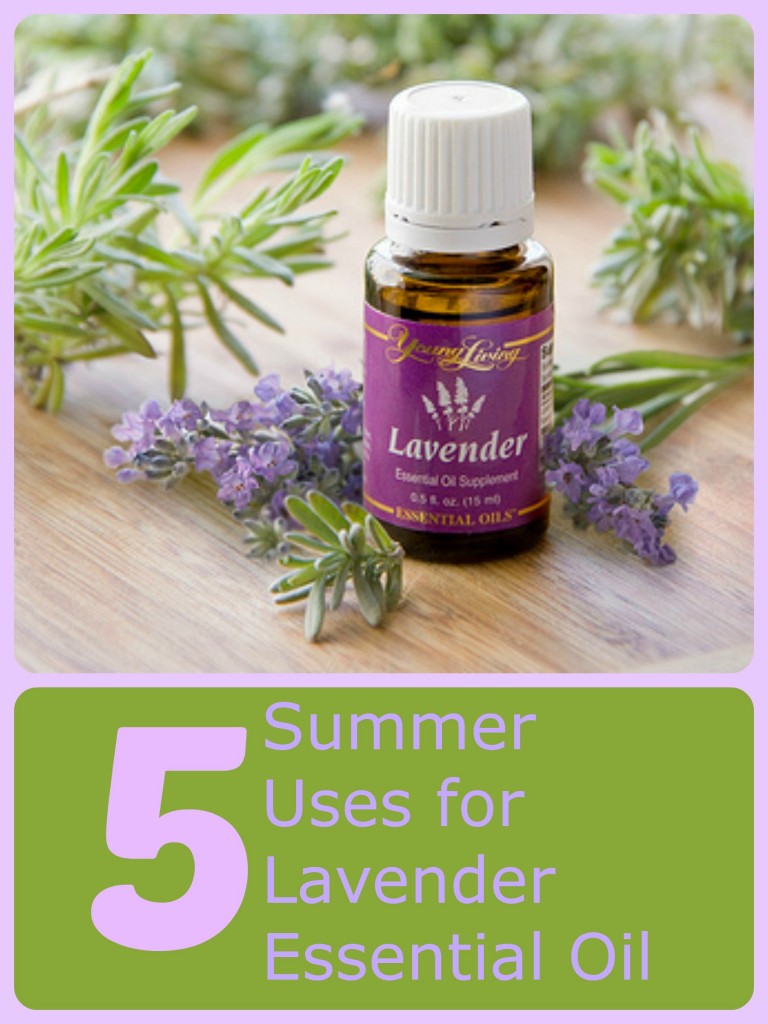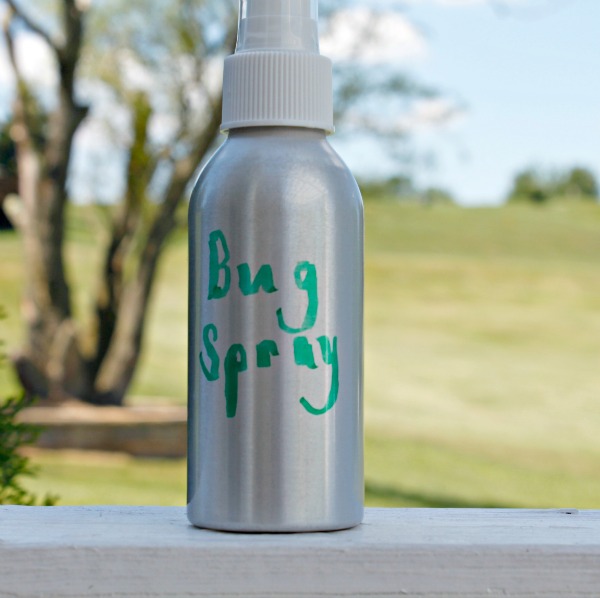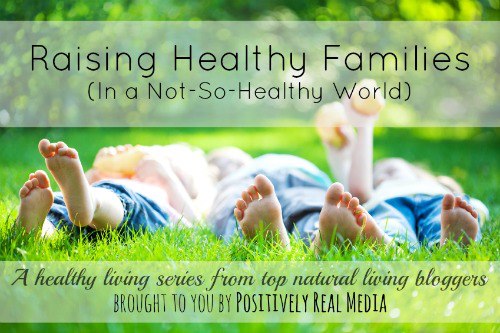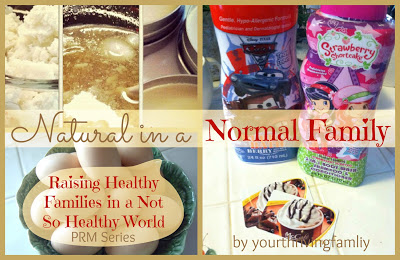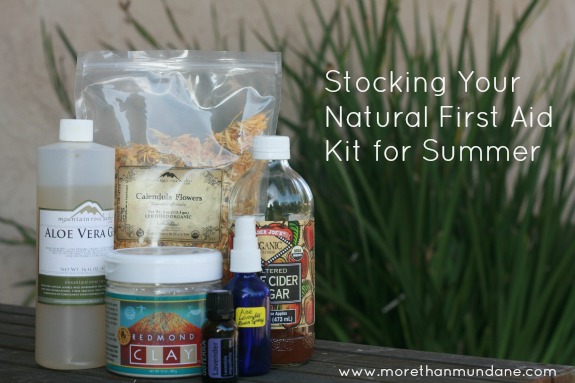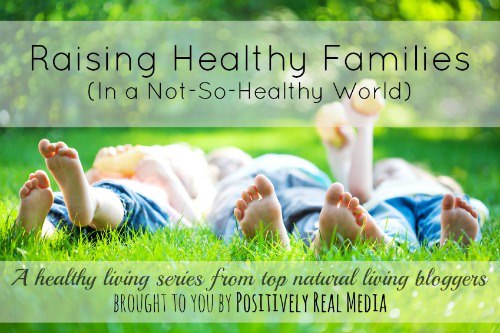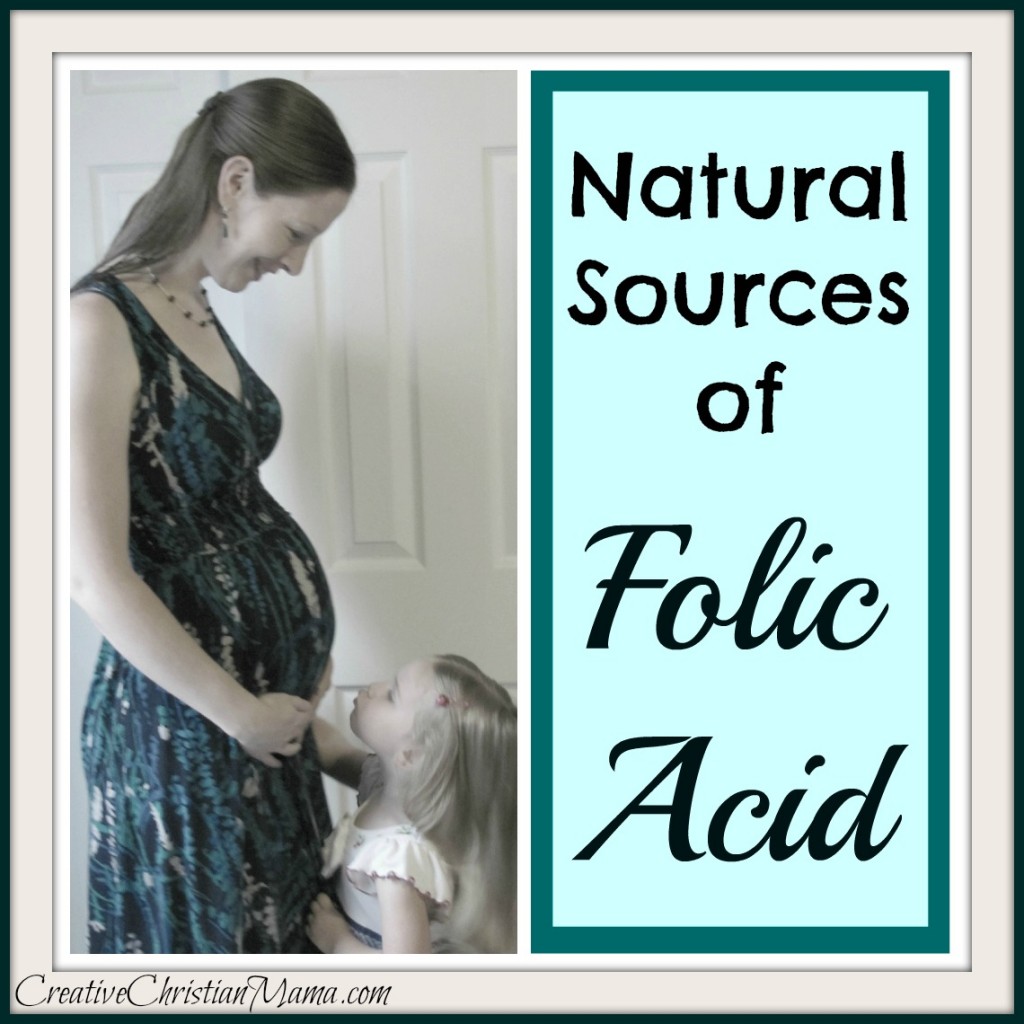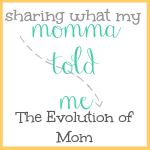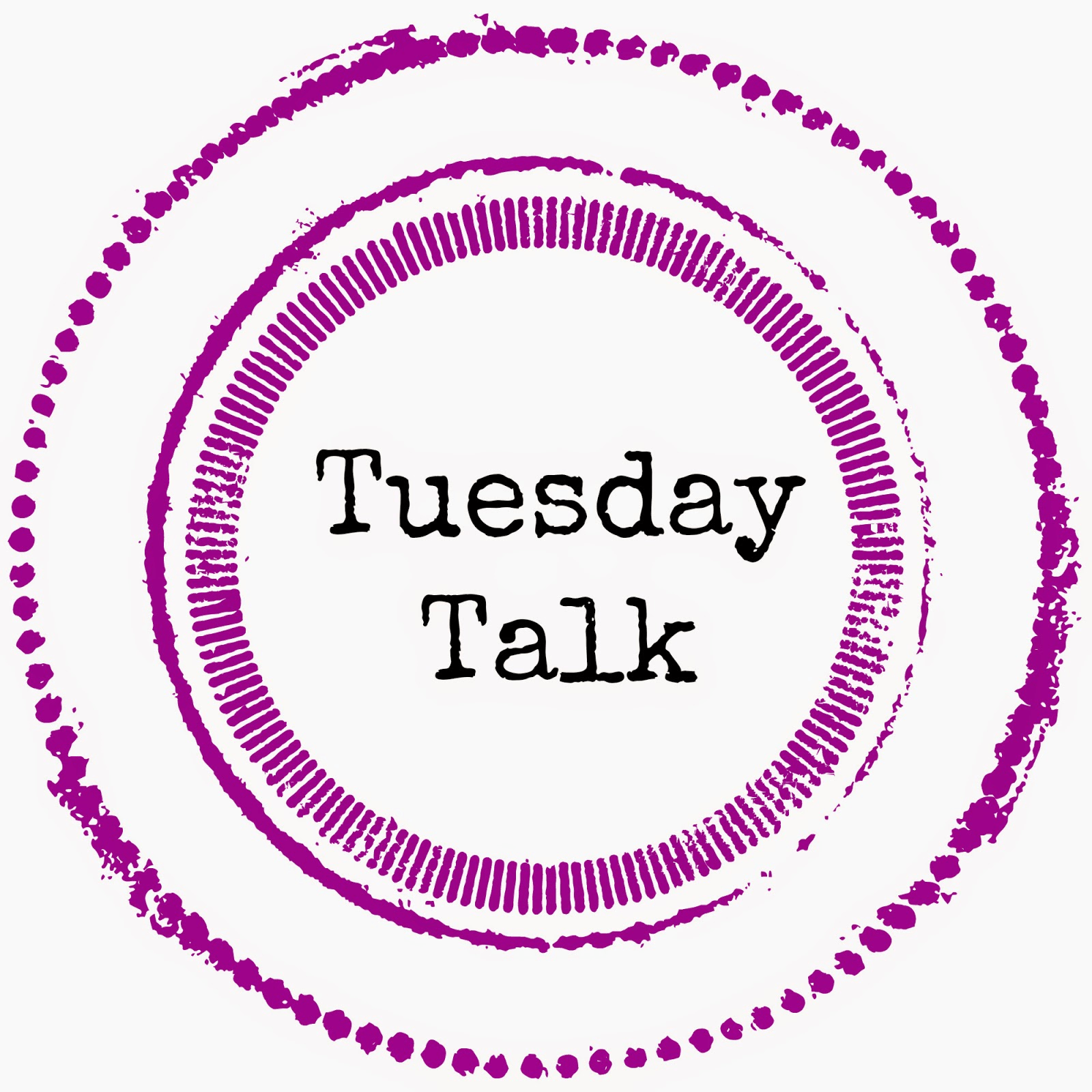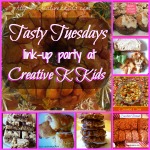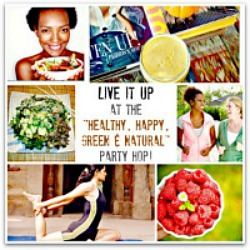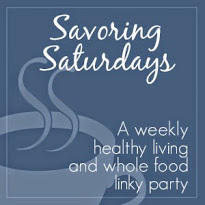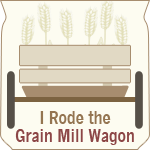This post contains affiliate links.
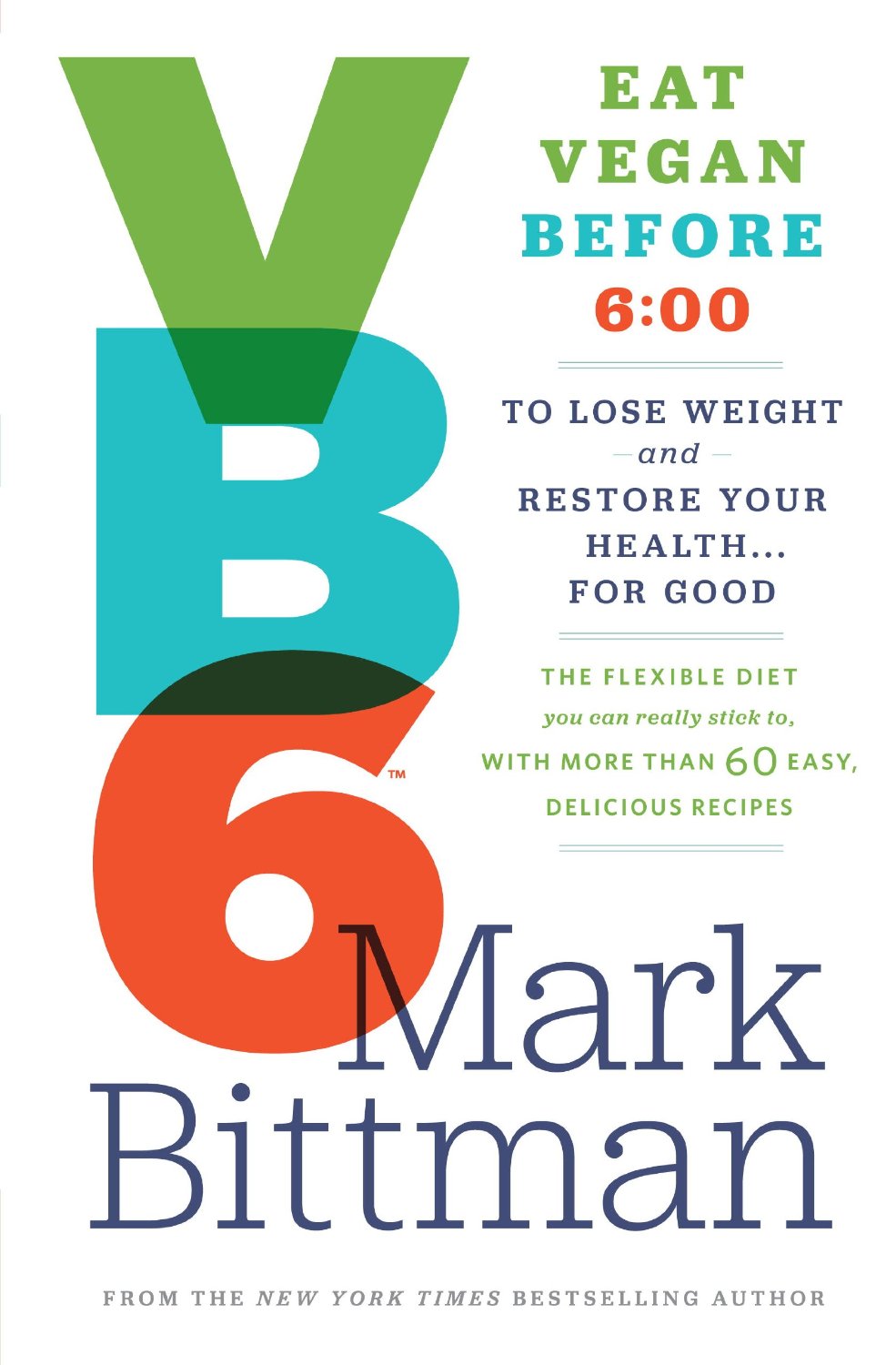
Recently, as I was browsing through the cookbooks available on my local library’s eBook rental service, I stumbled across Mark Bittman’s latest book, called “VB6”. I’ve always loved Bittman’s simple approach to cooking , and I own a few of his cookbooks, so the title and the author caught my eye. I got in line to borrow it, and eagerly read through it as soon as it was downloaded.
I was intrigued, to say the least. Very intrigued! The whole idea behind VB6 is this: what successful and healthy diets all have in common is the fact that they are all plant-based. Whether or not they also include animal products (and sugars and starches) doesn’t seem to matter, as long as plant-based foods (fruits and vegetables) make up the majority of the diet. However, not many of us either want or need a full-time diet of nothing but fruits and vegetables.
That’s where VB6 comes in. The idea is that you eat like a vegan during the day, but come dinnertime, you can eat whatever you want. There’s structure balanced with flexibility, and between the two you end up eating well without sacrificing the foods you love.
I actually had no intention of following the plan Bittman lays forth in his book, until it started to make sense to me. I personally have a hard time eating the quantity of fruits and vegetables I should, and I’ve felt for a long time that that simple fact has kept me from achieving my optimum weight and experiencing my best health. Following the VB6 concept, even in a moderated way, would help me achieve both without actually “going on a diet” or drastically changing my eating habits.
What VB6 Is
- It is a structured way of eating. The basic idea is this: Eat only fruits, vegetables, and whole grains throughout the day. Then allow yourself to eat whatever you want for dinner (whether that means meat, or pasta, or your favorite dessert).
- It is a way to give your body the nutrient-rich foods it really needs, namely fruits and vegetables. I suppose this appeals to me because I’ve always struggled with getting enough fruits and veggies. On a good day, I have 5-6 servings of fruits and vegetables, and I know that’s not really good enough. A large portion of the vitamins and antioxidants your body needs are found in fresh produce, so it’s really important to eat more of those than anything else. When eating with the VB6 plan on mind, I can’t help but get in more than adequate servings of the food my body really needs.
- It is a common sense and simple approach. It reminds me a lot of Michael Pollan’s simplified approach to eating: Eat Food. Not Too Much. Mostly Plants. Food is a necessity that should be enjoyed, not a science requiring a degree, nor a battle to be waged. Trying to “eat properly” should be a simple matter.
What VB6 Isn’t
- It isn’t a diet. I don’t do diets. It’s a way of eating… in short, a lifestyle. Mark Bittman has been sticking to this way of eating for 6 years so far!
- It isn’t restrictive. Yeah, I know, a “vegan” diet is nothing if not restrictive. But the whole point is that every day, you have an opportunity to enjoy whatever foods you want, even if they’re not vegan (or vegetarian, or paleo, or grain-free, or low-carb, or low-fat, or…)
- It isn’t a fad. I kind of get sick of the fad diets that circulate… and sometimes re-circulate. Most of them hinge on some “revolutionary” concept or idea that will change your life and your health, and help you lose all kinds of weight. Meh. Not interested. VB6, while I suppose it definitely could become a fad, isn’t based on any new idea, and it doesn’t eliminate entire food groups (carbs, fat, grains, meat, etc.). It doesn’t have its own terminology, and you don’t need a new cookbook with special ingredients made just for it. No, it’s just a simple way to eat what you always knew you should (fruits and vegetables) without restricting all the foods you think you shouldn’t. It’s just a structured way to go about doing what you’ve always intended to do.
- It isn’t rigid. Some meal plans and diets are so rigid, you have to follow a strict menu. Or, like Weight Watchers, you have to calculate how much of certain foods you’re allowed to have, and how much elbow room you have to fit in the foods you really want to eat. Although Bittman explains the science behind such things as calories, fat, carbs, and the glycemic index, he is very adamant that there is no need to calculate those things as you go through your day, eating. If you stick to the basic idea, all those things will take care of themselves. Furthermore, there’s room for flexibility: if you want eggs and bacon for breakfast one day, then by all means have eggs and bacon! Just make your dinner vegan… or just figure one day isn’t going to ruin everything.
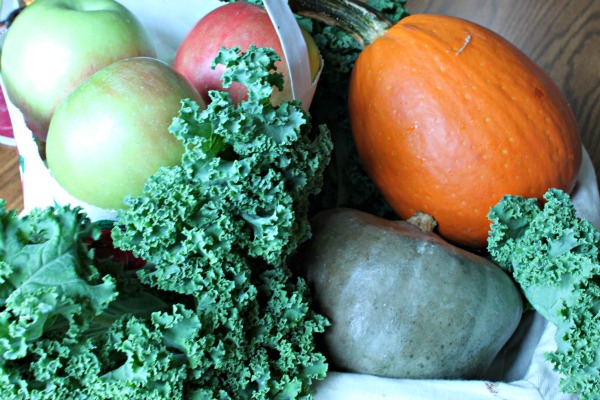 What I Like About VB6
What I Like About VB6
- I like that it is straightforward and simple.
- I like that it doesn’t eliminate entire food groups.
- I like that it’s not actually vegan. Because I don’t do vegan.
- I like that it’s a simple shift in perspective that allows you to both eat what you should… and allow yourself to occasionally eat what you “shouldn’t”.
- I like that it is very flexible and can be adapted to each individual’s desires, needs, and philosophies.
- I like that it is a friendly way to force me to eat more fruits and veggies, because that’s what I need more of in my diet.
- I like that Mark Bittman for the most part isn’t tied to the conventional view of dieting (either low-carb or low-fat, or counting calories, etc.).
- I like that counting calories is not involved, because I personally think that’s a pointless activity.
What I Don’t Like About VB6
- I don’t like the idea of being strictly vegan during the day. Vegetarian perhaps, but not vegan. (More on that in a minute.)
- Although Mark Bittman debunked a lot of common dieting myths in the book, and although he admitted that saturated fats don’t appear to be as evil as they’ve been portrayed for the last few decades, he still insists on keeping saturated fats to a minimum and encourages the use of vegetable oils. While vegetable oils might seem to have a healthier profile, the truth is that they’re very unstable and extremely difficult to keep from going rancid. That means the bottles in the store are by and large already rancid… which means that they are full of free radicals… which cause cancer and a whole host of other illnesses. I appreciate his whole-hearted recommendation of extra virgin olive oil as the best oil to use, but I wish he hadn’t recommended against coconut oil, which is just as healthy of an oil, if not healthier. I also will continue to enjoy butter, whole milk, bacon grease, and other products high in saturated fat simply because I don’t believe the saturated fat alone makes them unhealthy.
My Version of VB6
I’m not quite up to going vegan, even part-time! However, I’ve known for quite some time that eating lots and lots of veggies and fruits is really the best way for me to improve my health and my weight and unfortunately, I’ve had trouble really motivating myself to eat produce to the extent that I should. I think this concept could be the kick in the pants I need to help me get in all my fruits and veggies on a regular basis, without sacrificing other dietary pleasures.
So I decided to compromise by going vegetarian - rather than vegan - during the day. In the book, Mark Bittman explains that he has three basic categories for food: Unlimited, Flexible, and Treat foods. The unlimited foods can be eaten at any time whenever they are desired and include most fruits and vegetables. The Flexible group contains foods like whole grains and certain fruits and vegetables that are more calorie-dense or high in sugar. Those can be enjoyed every day, just in smaller quantities than the Unlimited foods. Then there are the Treats, which are only enjoyed at dinner time. In his plan, dairy products and eggs are considered treats, but I moved them up to the “Flexible” group, so that I can have cultured dairy (kefir and yogurt for now, but I want to try my hand at cultured butter, too) and eggs for breakfast or lunch if I want. Personally, I believe that grass-fed dairy and pastured eggs have great health benefits and I don’t want to reduce them from my diet that significantly.
I’m also not exactly sure what to put in my coffee. I have never found anything that quite gives coffee the creaminess I love like cream or whole milk does. So either I’m just going to be stubborn and continue drinking cream in my coffee, or I will experiment with dairy-free alternatives. We’ll see!
So here’s my personal VB6 plan, (which I guess I should actually call “VB5” because sometimes we eat dinner at 5):
- Vegetarian foods only until 5pm. This means I will enjoy fruits, vegetables, whole grains, cultured dairy, and eggs only. No meat or meat products during the day.
- Also no sugar until 5pm. Healthier sweeteners like maple syrup and honey can be enjoyed in very small amounts, but otherwise, I will stick to stevia or no sweetener at all.
- From 5-8 I give myself permission to eat whatever I want. This usually means a “normal” dinner and some kind of sweet treat for the day, usually homemade.
- After 8, if I’m hungry, I will enjoy a high-protein snack because when I eat sugar or carbs late at night, it shows up on the scale the next morning!
And that’s it! Simple, and yet kind of profound in a way, as well. If it turns out that my plan isn’t as effective as truly going vegan… then I might reconsider. Might. Depends on how desperately I want to lose those last few pounds of baby weight.
What do you think? Would you be willing to go vegan (or vegetarian) during the day?
